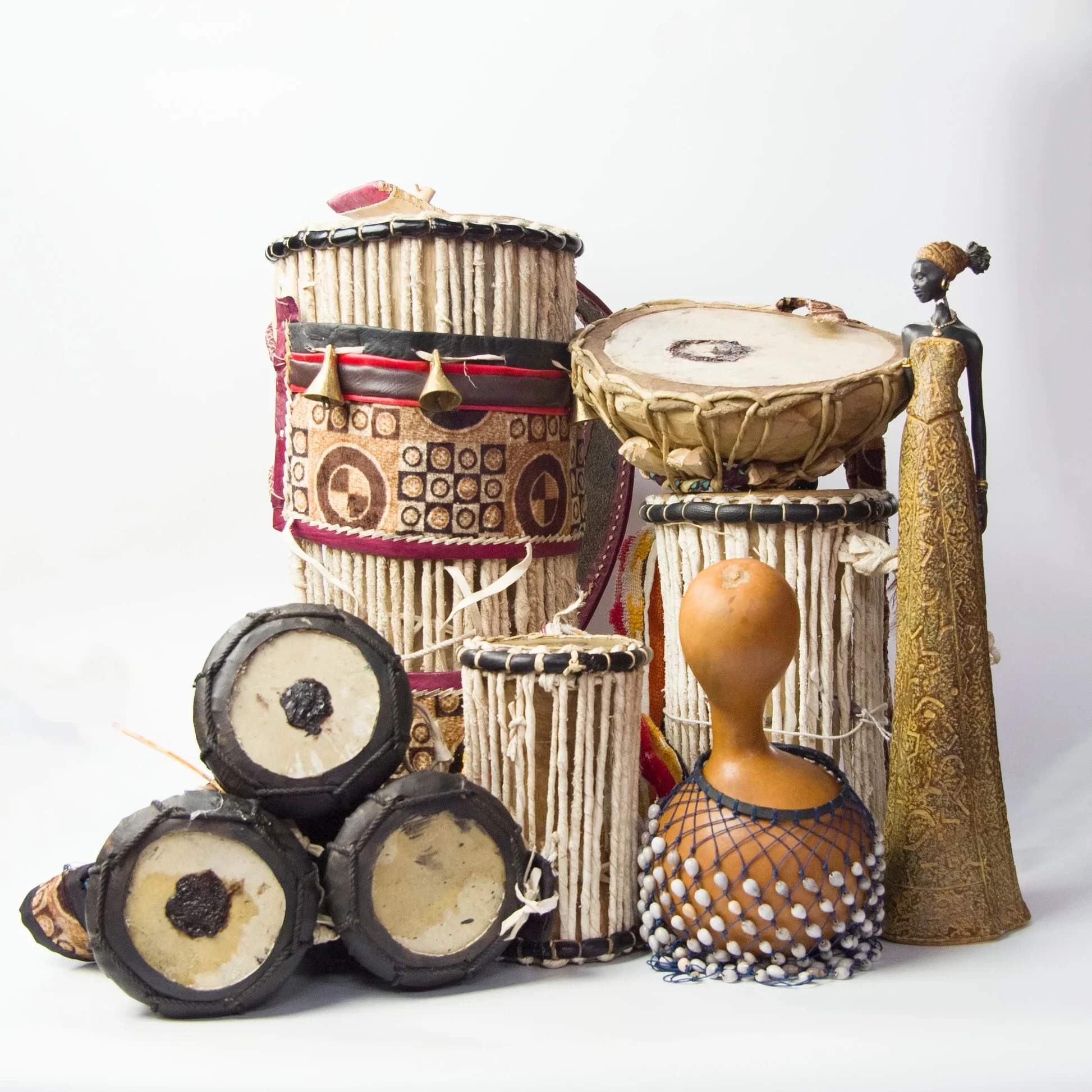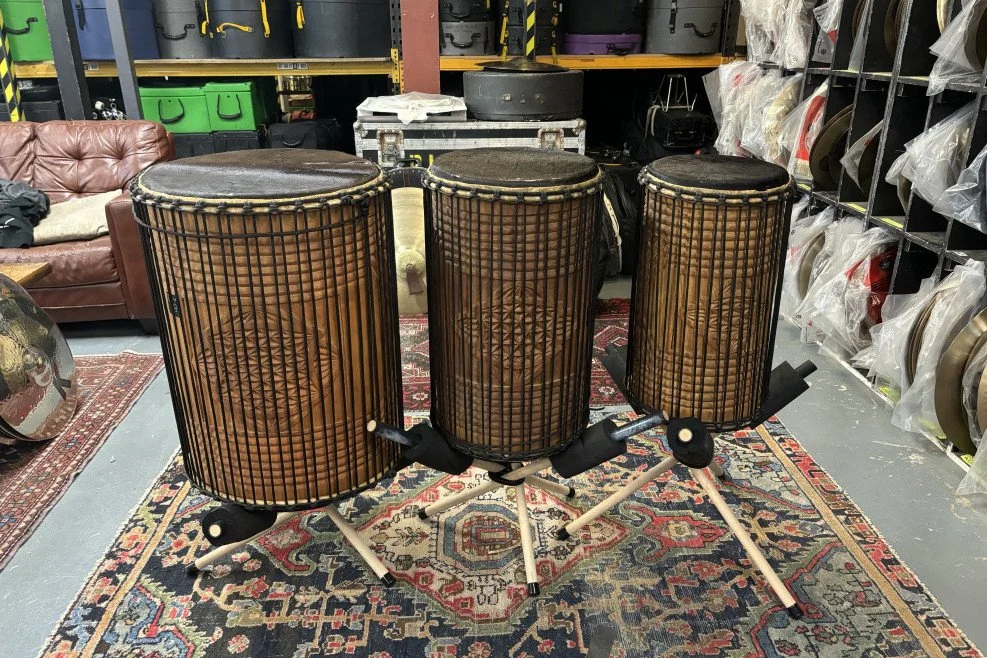Talking Drums: The Language of the Yoruba Bata and Dundun
By: Chimdindu Ken-Anaukwu
In Yoruba culture, music is never just entertainment. It is communication, history, and spirit. Among the most iconic instruments are the Dundun (Gangan) and the Bata, two powerful drum families that embody the voice of a people.
One imitates speech and sends messages across villages. The other channels divine energy in sacred rituals. Together, they form the backbone of Yoruba rhythm and identity.
Dundun (Gangan): The Talking Drum
The Dundun, often called “the talking drum,” is famous for its ability to mimic Yoruba tonal speech. By squeezing and releasing its tension strings under the arm, drummers can make it “talk.”
Function: Communication. Used historically to send messages, greet royalty, and wake kings at dawn.
Sound: Produces a “sweet sound” (the meaning of dúndún). Its pitch bends to mirror human speech.
Components: Hourglass-shaped, double-headed, with tension strings and small bells (shàwù) for rhythm.
Usage: Found in palaces, festivals, weddings, and even religious rituals.
In skilled hands, the Dundun can recite oríkì (praise poetry), relay warnings, or announce important events. It is literally a talking instrument.
Bata: The Ritual Drums of Sàngó
The Bata family has a sharper, harsher sound. Unlike the Dundun, its primary role is ritual. It is deeply associated with Sàngó, the Orisha of thunder, and also plays in cults of Esu, Oya, and Egungun.
Function: Ritual and praise. Considered a speech surrogate in sacred contexts.
Sound: Harsh and sharp, commanding reverence.
Components: A set of three to four drums, led by the Ìyáàlù (mother drum). Skins are often made from goat, antelope, or deer. Played with curved sticks.
Usage: Traditional worship, sacred festivals, and orisha ceremonies. (Traditionally, menstruating women were forbidden to touch the drums.)
The Bata is not about sweet melody; it is about invoking power, presence, and spirit.
Key Differences Between Dundun and Bata
Sound & Purpose: Dundun communicates in tonal speech; Bata commands ritual authority with sharp rhythms.
Form: Dundun is a single tension drum (played solo or in ensemble). Bata is a set of hand-played ritual drums.
Use: Dundun thrives in everyday communication, courts, and entertainment. Bata belongs to ritual spaces, invoking Orisha.
Yoruba Fashion of Sound: The Community Connection
No Yoruba wedding, festival, or naming ceremony feels complete without the Dundun announcing joy. No ritual to Sàngó or Egungun is valid without the Bata invoking sacred presence. These drums are not just instruments, they are cultural anchors.
Even in the modern world, from Afrobeats to gospel to international fusion jazz, their echoes remain. Global stars sample the talking drum, while traditional drummers keep the sacred beats alive in villages and cities.
Yoruba Vocabulary to Know
Dùndún – Talking drum
Gángan – Another name for the talking drum
Bàtá – Ritual drum of Sàngó
Ìyáàlù – Mother drum (lead drum)
Oríkì – Praise poetry
Àyàn – Deity of drumming, patron of all drummers
Ìlù – Drum
Learn the Drum’s Language, Learn the Culture
The Dundun speaks. The Bata invokes. Together, they form a language of rhythm that is inseparable from Yoruba heritage.
To understand the drums fully, you must understand the language they echo: Yoruba itself.
Start learning Yoruba today on the NKENNE app.
Discover the words, the rhythms, the pride.



